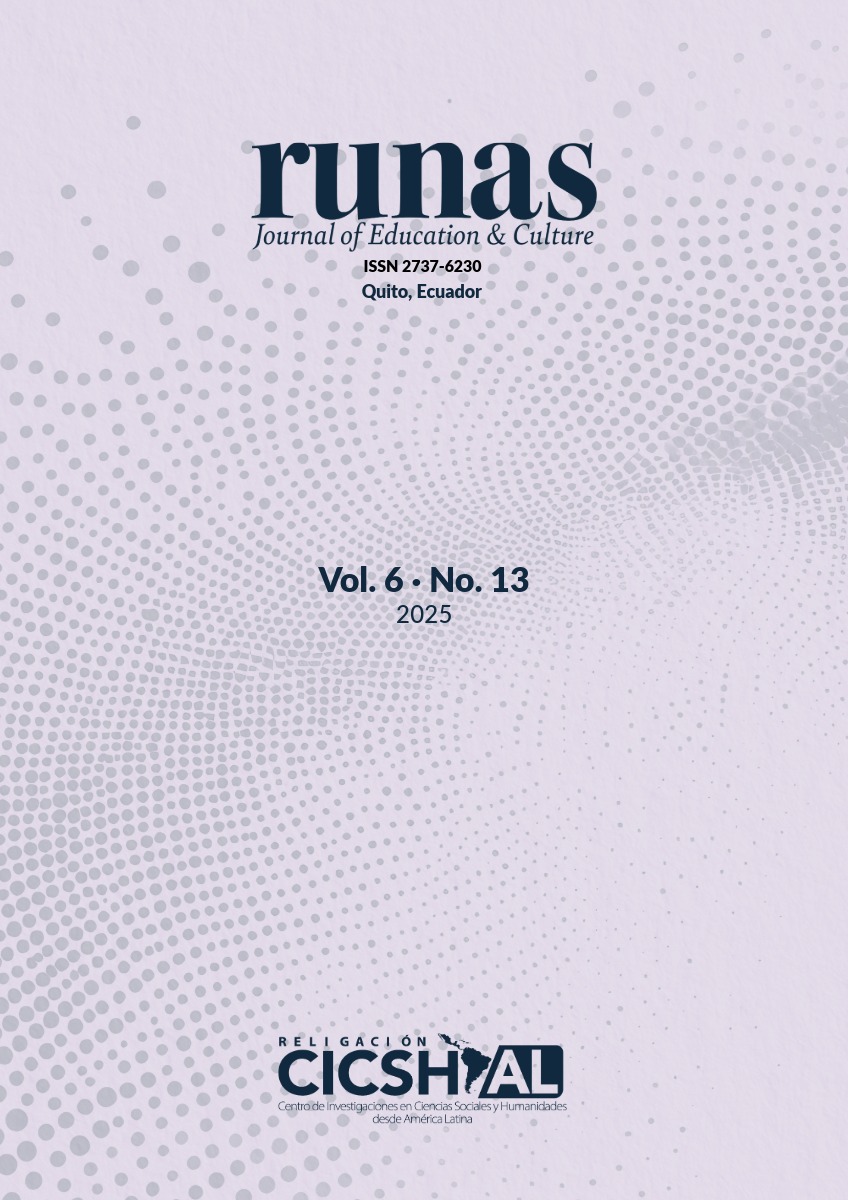Abstract
The present project aims to design and implement an innovative didactic resource to foster the development of creativity in children aged 24 to 36 months. This resource consists of a multifunctional easel that promotes artistic expression through painting, supporting the comprehensive development of early childhood. The proposal arises from a diagnostic assessment conducted at the CNH "Rayito de Luz," where a lack of appropriate materials to stimulate creativity was identified, significantly limiting the expressive and cognitive potential of the children. The project also seeks to raise awareness within the educational community about the importance of stimulating creativity from an early age, understood as a transversal skill that enhances other areas of development such as problem-solving, critical thinking, communication, and socialization. Therefore, the study focuses on analyzing the impact of using innovative materials on the development of cognitive, emotional, social, and creative skills, while proposing pedagogical strategies tailored to the individual needs of each child. It is expected that the implementation of this resource will enrich the educational experience in vulnerable contexts by providing effective tools for teachers and caregivers, strengthening the quality of the learning environment, and ensuring equitable opportunities for all children.
References
Amabile, T. M. (1983). The social psychology of creativity: A componential conceptualization. Journal of Personality and Social Psychology, 45(2), 357–376.
Bacca, J., Baldiris, S., Graf, S., & Romero, M. (2014). Tendencias de realidad aumentada en educación: Una revisión sistemática de investigaciones y aplicaciones. Educational Technology & Society, 17(4), 133–149.
Burnett, C., & Smith, S. (2019). Reaching for the star: A model for integrating creativity in education. En C. A. Mullen, (ed.). Creativity under duress in education? Resistive theories, practices, and actions (pp. 179–199). Springer.
Calero, M. (2012). Creatividad de innovación educativa. Alfaomega.
Chipantasig, F., & Mora, J. (2021). La importancia del juego en el desarrollo de la creatividad de los niños y niñas de 4 a 5 años en el año 2021 [Tesis de grado, Universidad Central del Ecuador].
Coll, C., & Monereo, C. (2010). La enseñanza en la sociedad del conocimiento. Revista de Investigación Innova, 1(2), 34–52.
Crespo Alegría, D. P. (2018, 10 de febrero). Creatividad y educación: Prácticas docentes para fomentar la creatividad en niños de nivel inicial. https://n9.cl/m3m7j
Educo. (2024, 13 de marzo). La creatividad en los niños y niñas: Fomentarla conociendo cómo funciona. https://www.educo.org/
García, R., & Rodríguez, L. (2020). El uso de los recursos multimedia en la educación superior. Revista de Educación Digital, 12(1), 45–60.
Ginsburg, R. (2007). The importance of play in promoting healthy child development and maintaining strong parent-child bonds. Pediatrics, 119(1), 182–191. https://doi.org/10.1542/peds.2006-2697
Goleman, D., Kaufman, P., & Ray, M. (2016). Espíritu creativo. Zeta.
López, J. (2019). El aprendizaje colaborativo a través de herramientas digitales.
Ministerio de Inclusión Económica y Social. (2018). 176 infantes egresan de programa CNH. https://www.inclusion.gob.ec/176-infantes-egresan-de-programa-cnh/
Nuevo, M. (2024). Guía infantil. https://www.guiainfantil.com/
Núria, T. (2024, 27 de marzo). La importancia de fomentar la creatividad en niños. https://n9.cl/e7ua9
Prensky, M. (2010). Enseñando a nativos digitales: Colaborando para un aprendizaje real. Ediciones SM.
Rinaudo, M. (2002). Reseña de “Creatividad. El fluir y la psicología del descubrimiento y la invención” de Mihaly Csikszentmihalyi. ROJO. Revista de Educación a Distancia, (4).
Romero, P. (2018). Materiales educativos interactivos: Un análisis de su impacto en el aprendizaje.
Salinas, J. (2015). El aprendizaje colaborativo y las tecnologías emergentes en la educación superior. Educación y Sociedad, 34(2), 143–161.
Savin, M., & Major, C. (2013). Fundamentos del aprendizaje basado en problemas. Routledge.
Soto, L. (2018). Recursos educativos innovadores: Transformación pedagógica y tecnológica. Revista Latinoamericana de Tecnología Educativa, 17(3), 25–38.
Sternberg, R. J. (2019). Avances en la teoría e investigación de la creatividad: Un manifiesto sociocultural. UNIPLURIVERSIDAD, 19, 97–106. https://doi.org/10.17533/udea.unipluri.19.1.07
Tenesaca, P., & Hernández, L. (2010). Desarrollo de la creatividad de los niños en etapa escolar [Tesis de grado, Universidad de Cuenca].
UNICEF. (2021). Misión: Recuperar la educación en 2021.
Vargas, G. (2020). Estrategias educativas y tecnología digital en el proceso enseñanza-aprendizaje. Cuadernos del Hospital de Clínicas, 61(1), 114–129.

This work is licensed under a Creative Commons Attribution-NonCommercial-NoDerivatives 4.0 International License.
Copyright (c) 2025 Viviana Jacqueline Delgado Carvajal, Madeine Zuley Zambrano Catagua, Ángel Alipio Aguayo García





